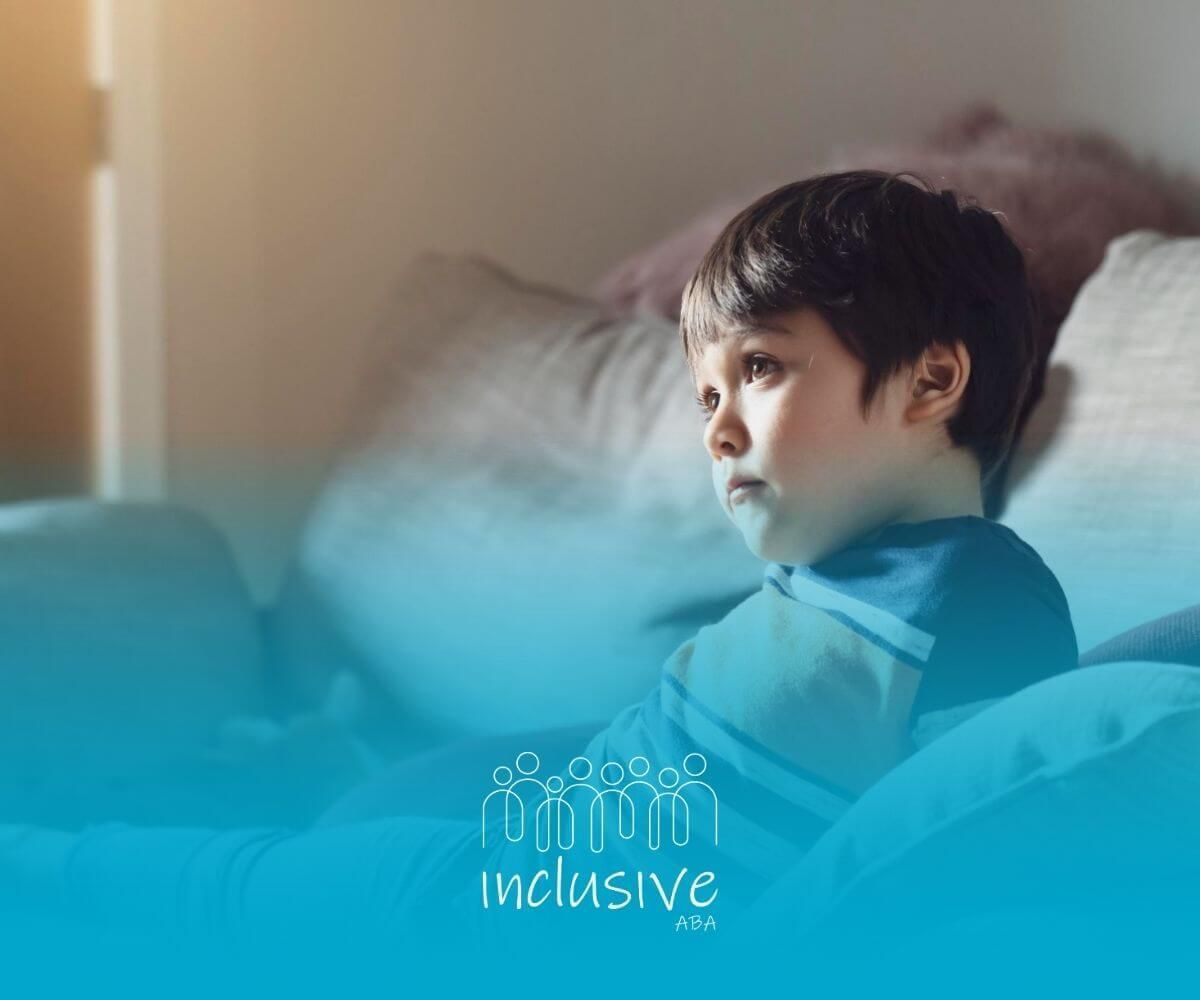Autistic Burnout: Signs and Prevention Tips
Key Highlights
- Autistic burnout refers to a state of extreme mental, emotional, and physical exhaustion unique to autistic individuals, stemming from prolonged stress and mismatched expectations.
- Key differences exist between autistic burnout and occupational burnout faced by neurotypical people, especially in their origins and effects.
- Common contributors include sensory overload, excessive social interaction, masking autistic traits, and unmet autistic needs in a neurotypical world.
- Symptoms range from emotional distress and behavioural changes to physical fatigue and impaired executive functioning.
- Recovery involves tailored strategies surrounding self-care, professional help, and building social support networks.
- Prevention focuses on identifying early signs of autistic burnout, understanding personal triggers, and reducing stress factors.
Autistic burnout isn't just a bad day or a rough week—it’s a deep, chronic exhaustion that affects the mind, body, and emotions. And unlike typical burnout, this type can quietly steal daily functioning, joy, and connection.
It's an experience many people misunderstand—but desperately needs to be talked about.
I once worked with a teen who was suddenly unable to complete simple tasks he once did independently. After weeks of sensory overload at school and constant pressure to mask his behaviors, he hit a wall.
Through tailored home-based ABA support and small environmental changes, we helped him regain his confidence and calm.
Understanding Autistic Burnout
What Causes Autistic Burnout?
Autistic burnout arises from long-term exposure to overwhelming stress, especially when navigating environments designed for neurotypical people.
Contributing factors include masking, sensory overload, and social demands that exceed the person's coping capacity.
Why It Matters
This kind of burnout can significantly impair daily life. Unlike typical burnout, it can cause regression in skills, making basic tasks more difficult. Recognizing the signs early is key to offering the right support and improving quality of life.
What Does ‘Autistic Burnout’ Mean?
Key Characteristics
Autistic burnout is more than feeling tired. It’s a state of prolonged exhaustion that affects thinking, emotions, and body functioning. People may experience loss of skills, such as struggling with decision-making or managing sensory input.
Common Experiences
Many autistic individuals report:
- Increased sensitivity to noise, light, and touch
- Difficulty with social interaction or communication
- A strong desire to withdraw from daily routines
- Feeling overwhelmed by tasks that used to be manageable
How Autistic Burnout Differs from General Burnout
Unique Stressors for Autistic People
General occupational burnout is often work-related. Autistic burnout, however, is caused by a buildup of stress from trying to function in environments not designed for autistic needs.
It stems from ongoing sensory, social, and emotional strain—not just overwork.
Key Differences
- Loss of executive functioning
- Higher emotional reactivity
- More intense and longer-lasting fatigue
- Often misunderstood or misdiagnosed
Understanding these differences is essential for offering appropriate support.
Causes and Triggers of Autistic Burnout
Environmental and Social Stress
Autistic adults often navigate overwhelming environments. Common stressors include:
- Loud, crowded spaces
- Unclear social expectations
- Constant transitions or changes
- Unrealistic demands in workplaces or schools
- Dismissal of their concerns by others
These factors increase mental load, making it harder to recharge.
The Effects of Masking
Masking involves hiding autistic traits to blend in. While it may help people fit in socially, it’s mentally draining. Over time, masking leads to emotional fatigue, identity confusion, and eventual burnout.
Sensory Overload
Autistic people often process sensory information differently. When sights, sounds, smells, or textures become too intense, it can trigger distress and lead to burnout.
Reducing sensory input is key to long-term management.
Recognizing the Signs and Symptoms
Emotional and Behavioral Changes
Emotional signs include:
- High anxiety
- Low self-esteem
- Mood swings or emotional numbness
Behavioral signs:
- Avoiding social contact
- Withdrawing from responsibilities
- Neglecting hygiene or self-care
These changes may affect relationships, work, and general well-being.
Physical and Cognitive Signs
Physical symptoms may include:
- Constant fatigue
- Headaches or muscle pain
- Disrupted sleep patterns
Cognitive symptoms:
- Trouble focusing or organizing
- Forgetting steps in routine tasks
- Difficulty with planning or transitions
These are often misread as laziness or lack of motivation—but they’re signs of real distress.
Recovery Strategies for Autistic Burnout
Self-Care and Lifestyle Adjustments
Recovery is highly personal, but these strategies help many:
- Create a predictable daily routine
- Use sensory tools (like headphones or fidget items)
- Reconnect with hobbies or special interests
- Practice mindfulness or gentle movement exercises
- Schedule regular breaks from social interaction
These habits reduce stress and help regain energy over time.
Building Support Systems
Professional guidance and peer support are essential. Options include:
- Therapy with autism-informed professionals, like BCBAs
- Occupational therapy for sensory and executive functioning
- Speech-language therapy for communication issues
- Suicide prevention and crisis support if needed
Support groups or autistic-led communities can also offer understanding and validation.
Preventing Autistic Burnout
Know the Early Warning Signs
Prevention starts with recognizing early symptoms of autistic burnout:
- Withdrawing socially
- Difficulty concentrating
- Increased irritability
- Loss of interest in favorite activities
By addressing these signs early, individuals and caregivers can adjust routines and reduce pressure.
Create Supportive Environments
Environments that embrace neurodiversity make a huge difference. Workplaces and schools should:
- Allow flexible schedules
- Reduce noise and lighting stressors
- Encourage open communication
- Respect boundaries and sensory needs
Prevention is not about changing the person—it's about changing the environment to better suit their needs.
Conclusion
Autistic burnout is real, complex, and deeply personal. It's not about being lazy or antisocial—it's about a long-term overload of sensory, emotional, and cognitive demands. Understanding its signs, causes, and differences from general burnout is crucial.
Recovery takes time and requires support tailored to the individual's needs. Whether through self-care, professional help, or community support, it's possible to heal and rebuild. If you or someone you care about is going through this, consider speaking to a specialist who understands the unique challenges of autistic burnout.
At Inclusive ABA, we provide compassionate, neurodiversity-affirming ABA therapy in Nebraska that supports real recovery—not just behavior change.
Schedule your free consultation today and take the first step toward healing.
Frequently Asked Questions
How long does autistic burnout last?
It varies. Some people recover in weeks, others may take months. Early intervention and proper support make a significant difference.
Can autistic burnout be prevented?
Yes. Preventive measures include understanding personal limits, reducing sensory triggers, and maintaining a balanced routine.
Is autistic burnout the same as depression?
No. While they can overlap, burnout stems from stress and overload, while depression is a mental health condition with its own causes and treatments.
Sources:
https://www.usa.edu/blog/what-is-autistic-burnout-symptoms-causes-prevention-guide/
https://www.autism.org.uk/advice-and-guidance/professional-practice/autistic-burnout
https://www.autism.org.uk/advice-and-guidance/topics/mental-health/autistic-fatigue/autistic-adults
https://www.autismspeaks.org/tool-kit-excerpt/autistic-burnout-when-navigating-neurotypical-world-becomes-too-much
https://med.stanford.edu/content/dam/sm/neurodiversity/documents/SIGNeurodiversity/Katie-Oswald-Autistic-Burnout-presentation-March-2022.pdf
Looking for Expert Help? We're Here for You!
Our compassionate and skilled team is devoted to enhancing your child's development through customized ABA therapy. Let us partner with you to create a supportive environment for your child's success.
Discover how we can help your family thrive with expert ABA therapy.
Related Posts







